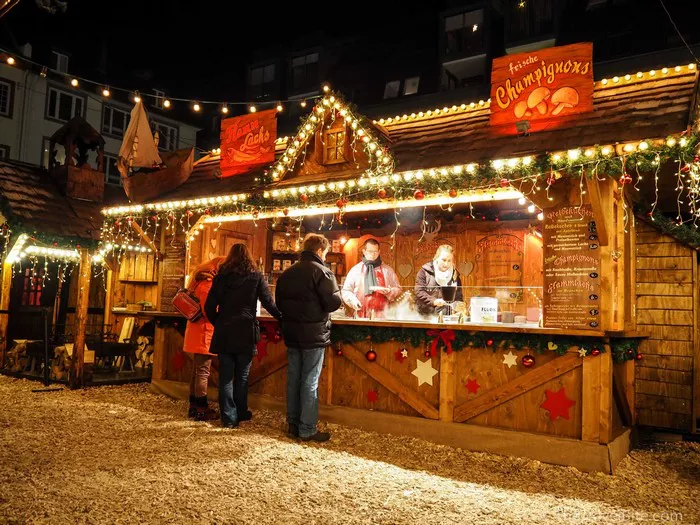In the world of art and culture, the term “Presepe” holds a special place. Whether you’re an art enthusiast or just curious about this intriguing word, you’ve come to the right place. In this comprehensive article, we will delve into the concept of Presepe, its historical significance, different forms, and how it has evolved over the years. By the end, you’ll have a thorough understanding of what Presepe is and why it remains an important cultural element. So, let’s embark on this enlightening journey.
1. The Origin of Presepe
Historical Roots
Presepe, an Italian word, translates to “Nativity scene” or “Manger scene” in English. Its roots trace back to the 13th century in Italy.
Presepe was initially created as a representation of the birth of Jesus Christ, often displayed during the Christmas season.
Symbolism
The Nativity scene serves as a powerful symbol of faith and devotion in Christian traditions.
Each element within a Presepe has symbolic significance, from the Holy Family to the animals and shepherds.
2. Types of Presepe
Traditional Presepe
Traditional Presepe scenes often feature handcrafted figurines made from materials like wood, clay, or porcelain.
These scenes can vary in size from small tabletop displays to life-sized installations.
Modern Interpretations
In recent times, Presepe has evolved beyond traditional depictions.
Some artists create contemporary Presepe scenes using unconventional materials and themes.
3. Regional Variations
Italy
Italy is the heartland of Presepe, with each region adding its unique flavor to the tradition.Naples, in particular, is renowned for its intricate and elaborate Presepe scenes.
Global Influence
Presepe has transcended its Italian origins and is now embraced by cultures worldwide.Different countries put their own spin on Nativity scenes, incorporating local customs and traditions.
4. The Art of Presepe Making
Craftsmanship
Crafting Presepe figurines requires skill and precision.Artisans meticulously hand-paint each figurine to bring it to life.
Collectibles
Presepe figurines are highly collectible, with some pieces considered valuable art pieces.Collectors often seek unique, vintage, or limited-edition Presepe sets.
5. Presepe in Modern Times
Preservation
Efforts are made to preserve the tradition of Presepe making and display.Museums and cultural institutions host exhibitions to showcase historical and contemporary Presepe scenes.
Community Engagement
Many communities come together to create communal Presepe displays, fostering a sense of unity and tradition.These displays often attract visitors and tourists, boosting local economies.
6. Conclusion: The Enduring Legacy of Presepe
In conclusion, Presepe is not just a mere depiction of a historical event; it is a living tradition that has evolved through the centuries. From its humble origins in Italy to its global influence, Presepe continues to captivate people of all backgrounds. Its enduring legacy lies not only in its artistic beauty but also in its ability to bring communities together and remind us of the true spirit of Christmas.
An interesting fact about Presepe:
A fun fact about “Presepe” is that it is the Italian word for a Nativity scene or Nativity scene display. These elaborate displays are a cherished Christmas tradition in Italy and many other parts of the world. They typically depict the birth of Jesus in Bethlehem and often include figurines of Mary, Joseph, the baby Jesus, the Three Wise Men, shepherds, angels, and various animals.
It’s not just a religious tradition but also a cultural and artistic one, as families and communities take great pride in designing and setting up their Nativity scenes. Presepe displays often incorporate local elements and regional customs, making each one unique and special.
























